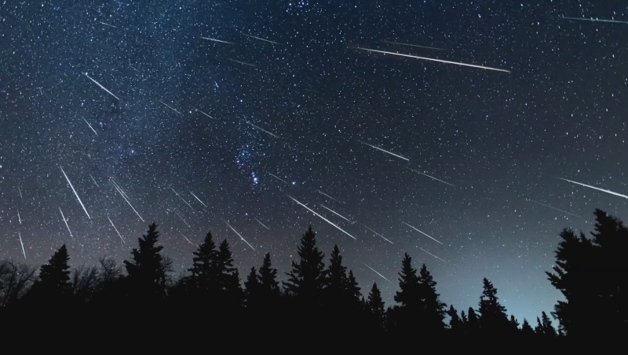Neutron Stars and Magnetars! – By Ariana Lani
Born from the catastrophic death of enormous stars, otherwise known as supernovas, neutron stars are fascinating remains of the universe with unique characteristics. These compact asteroid carcasses, which have a diameter of only around 12 miles, contain almost 1.4 times the mass of our sun! Neutron stars have astounding density as well; a teaspoon of one would weigh billions of tonnes on Earth, which is what makes them so incredibly fascinating. The environment created by protons and electrons being squashed into a sea of neutrons within their cores pushes the boundaries of known physics.
There are many subsets of neutron stars, one of which being a magnetar. Magnetars are very unique as they have magnetic fields that are trillions of times stronger than the Earth’s. Unbelievable occurrences, such as starquakes that release more energy in a split second compared to what our sun does in thousands of years can be caused by these powerful magnetic fields. Strong gamma ray and X-ray bursts are also produced when a magnetar’s magnetic field interacts with its surroundings, allowing for detection at vast cosmic distances. Magnetars also rotate extremely rapidly, about 600 to 700 times a second! However, their lifespan is quite short compared to other regular stars
A Slick Way to Travel (or Proof of the Negligence of White Holes in Little Detail) – By Njabulo Maseko
Wormholes have been one of the most popular features of sci-fi, Although not as popular as features like time travel, they have been a common feature. Wormholes are incredible to imagine; a quick way to travel through space. They were even used in Interstellar, a Christopher Nolan film noted for its scientific accuracy. But interestingly, scientists don’t necessarily believe that wormholes exist. First theorized in 1916 by Ludwig Flamm, he theorized it as a “white hole”; the reverse of a black hole. Later, in 1935, Albert Einstein and Nathan Rosen explained it as a “bridge” that could connect points in space-time, reducing the distance and time needed to travel from both points. But, if they exist, what would their size be? Scientists think primordial wormholes could exist at 10-33 cm on microscopic levels (though it might’ve expanded due to the Doppler effect; the apparent difference between the frequency at which sound or light waves leave a source and that at which they reach an observer, caused by relative motion of the observer and the wave source ). There’s also the question of stability. Likely these would collapse very quickly, unless you had “exotic” matter. These difficulties make it hard to certainly argue their existence, but these are very fascinating nonetheless.
Shooting For the Stars – By Yoshino Nakamura
Do you know what the components of shooting stars actually are? Surprisingly, it is actually not a star! It is the rocky leftovers of planets with a phenomenon that rocks or dust hit the Earth’s atmosphere and heated up. While rocks evaporate, components of rocks glow, so we can see the components shooting in the night sky. We call this meteors.
So shooting stars are not real stars, do you wonder why we can see meteor showers sometimes even if it is uncontrollable rocky leftovers? That is because Comets produce those meteors in orbit in space, therefore they are densely packed in orbit. People on the earth can see the cluster of meteors glowing when they pass above the earth.
Fun Fact!
The earth can see the cluster of meteors glowing when they pass above the earth as seen in the image below.

Sources and Recommended Reading:
- https://earthsky.org/space/what-is-a-magnetar/
- https://imagine.gsfc.nasa.gov/science/objects/neutron_stars1.html
- https://www.space.com/20881-wormholes.html#section-wormhole-theory
- https://www.britannica.com/science/Doppler-effect
- 流星群 | 国立天文台(NAOJ)
- What is a shooting star? | Cool Cosmos.












